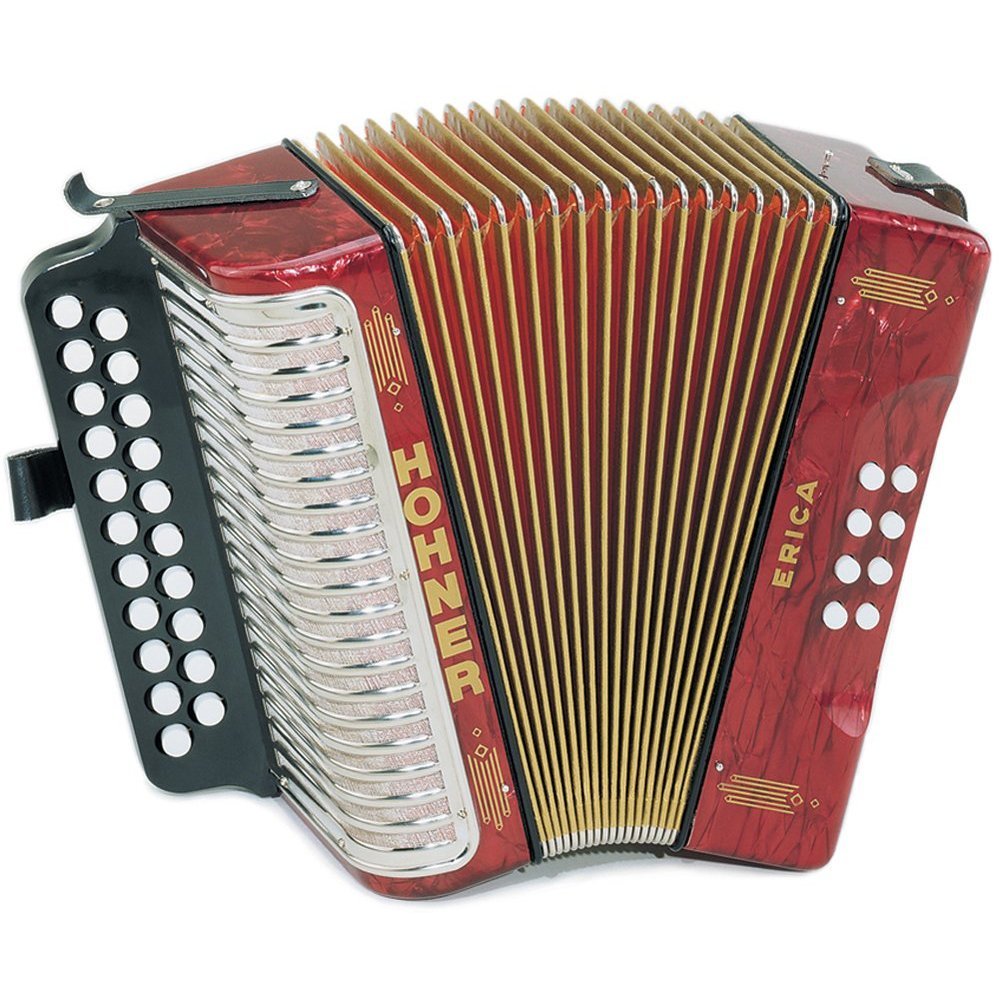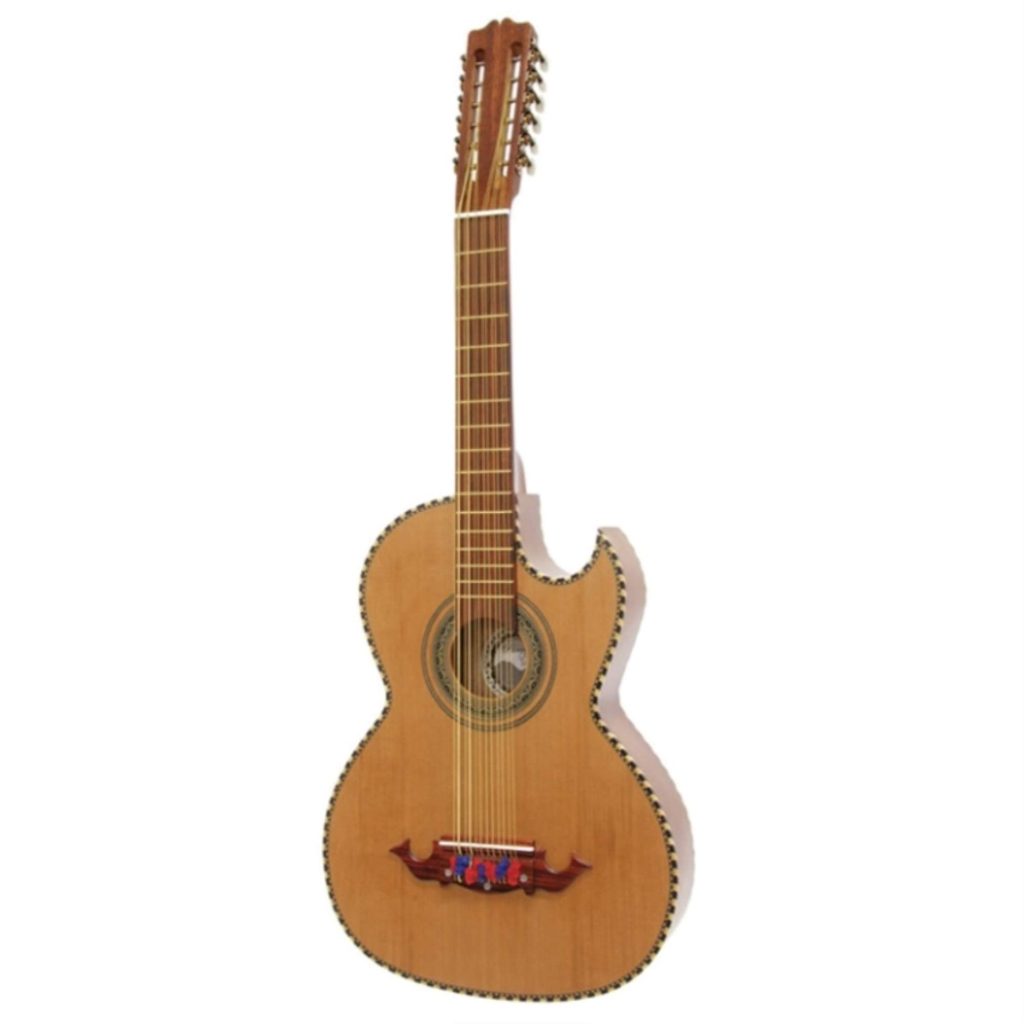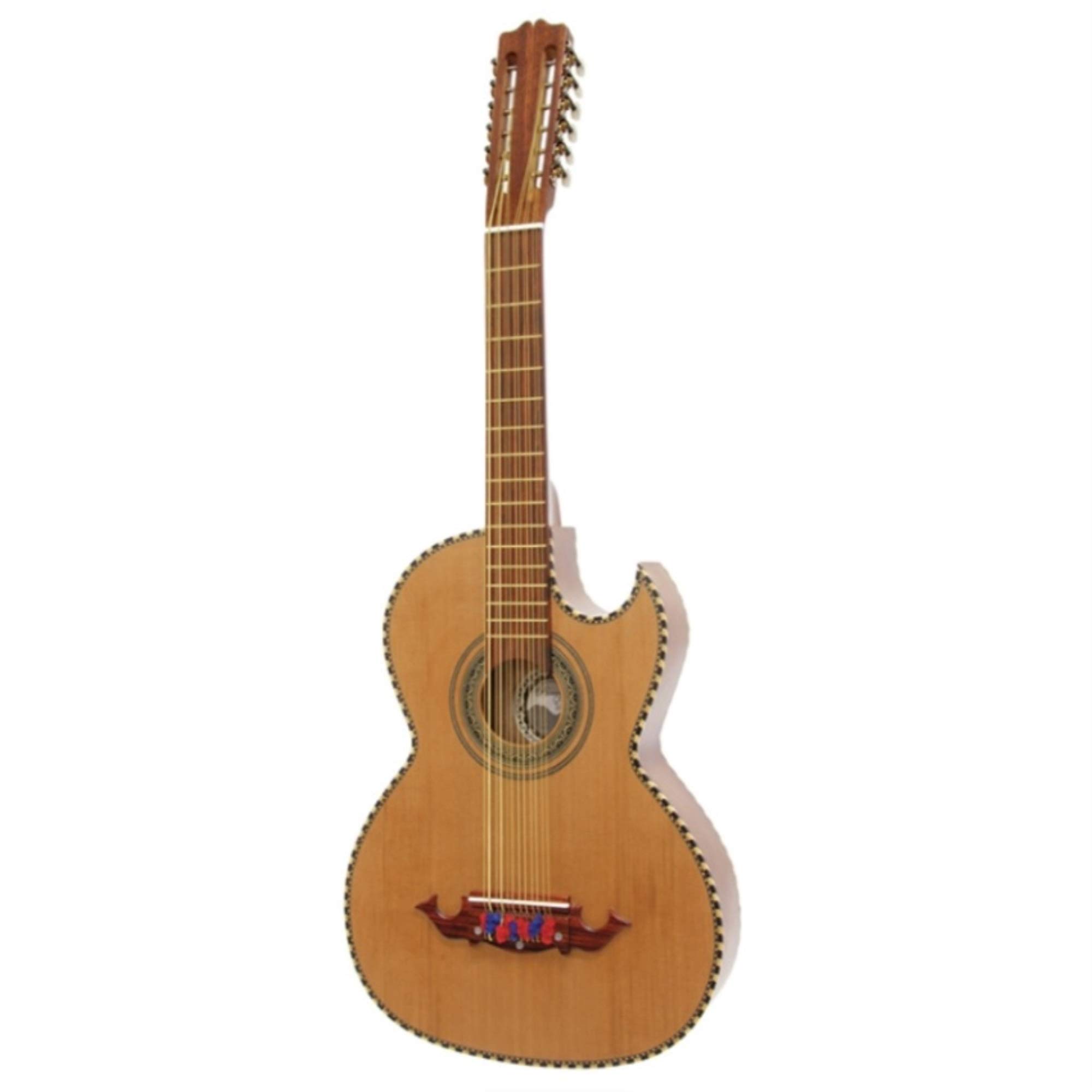Preliminary Information
“El Rosalito” by Valerio Longoria was made in the post-World War II era. It represents the genre of conjunto music, however, it was a newer version that was unlike its precursor. The song was recorded in San Antonio, Texas under the label Corona Records. However, the song was released under numerous other labels, such as Ideal Records as shown in the YouTube embed.
About Valerio Longoria
Longoria was one of nine children born into a family of cotton field workers (Ratliff). At the age of 6, Longoria was gifted a guitar and began learning basic techniques (Rodriguez). A year later, he started playing the accordion after marveling at Narciso Martinez’s work-the latter was a famous accordionist who helped popularised conjunto (Rodriguez). The musician continued playing conjunto music in various settings, from weddings to parties and even in nightclubs while stationed in Germany (Ratliff). After being discharged, Longoria recorded music under Corona for two years, before transitioning to work with Ideal Records (Rodriguez).
The Tale of Two Labels: Corona Records and Ideal Records
Unfortunately, not much information is available about Corona Records. Untiedt notes that the label, founded by Manuel Rangel, was “one of the very first musica tejana imprints from San Antonio” (p. 121). Corona was responsible for producing numerous records for musicians in the local and regional areas. As previously mentioned, “El Rosalito” was originally recorded and produced under this label.
Another label that redistributed “El Rosalito” was Ideal Records or Discos Ideal. This label was established in 1947 by Armando Marroquin and Paco Betancourt for the sole purpose of appealing to the Tejano population in Texas. According to San Miguel, this was the most influential local record company of its time.
These labels, among several others during this time period, committed to producing and redistributing conjunto music to accommodate the genre’s growing demand (as discussed in later sections).

The History of Conjunto
Conjunto was (and is still) known for being the music of the working class. The button accordion first arose in northern Mexico/South Texas around the 1860s-70s (Pena). As the sound developed, the accordion became heavily associated with the bajo/oajo sexto and the tambora de rancho (ranch drum; Pena). Pena notes that the accordion was widely used during working-class festivities in Texas and Mexico. During it’s early years, the genre faced disapproval from Anglo citizens, who viewed it as “low class” dances (also commonly referred to as “fandangos”; Pena). Pena provides a specific quote from the San Antonio Express that associated “dancing with idleness” and argued that these frequent fandangos were “a great curse to the country.” But despite these criticisms, Tejanos still indulged in accordion-based music for all their celebratory needs (Pena). Conjunto became an official genre (with standard instrumentation) around the 1930s.
Conjunto: A New Era
While “El Rosalito” may be reflective of conjunto, it did not sound like other songs of its time. Conjunto music has had an interesting history. Many record labels focused on producing popular, traditional “ethnic” tunes in the 1930s. As Pena put it, companies were “exploiting the musical traditions in the Hispanic Southwest” in order to achieve commercial success. However, San Miguel, Jr. explained that these big labels stopped recording Tejano music in the 1940s, mostly due to the shortage of materials needed to produce records. After WWII, Tejanos had more purchasing power and increased demand for accordion-based conjunto, not the easily accessible Mexican music that could be acquired from Mexico or Los Angeles (San Miguel, Jr). The main reason for this was because Mexican/Mexican American music mostly consisted of vocals and guitar or mariachi accompaniment. Although this type of music was popular in Texas prior to WWII, they had become accustomed to the sounds of the accordion (San Miguel, Jr.).

Longoria’s Contributions
With regards to the overall sound, Longoria made significant contributions to the genre as we know it today–so much so that he was deemed the leader of la nueva gencracion (Pena). In 1948, Valerio Longoria introduced vocal singing to previously instrumental sound. Additionally, the accordionist added the “modern dance band drum” to the ensemble. As mentioned in class, the button accordion and bajo sexto are key players in the genre. The addition of the drum added new dimension to the genre because it kept the time and provided more freedom to the other instruments.



Alternative Classification: Cancion Ranchera
Some sources refer to “El Rosalito” as a cancion ranchera. According to Pena, this new style replaced the older genres that made up conjunto and became a staple in this modern form. Because of his musical contributions to conjunto as a whole, he was able to elevate its status into one that was “more respectable” (American Roots Music).
Final Notes on “El Rosalito”
Like other conjunto tunes, the purpose of “El Rosalito” is to provide a commentary, in a “playful” or enjoyable manner. Based on a brief scan of the lyrics, it appears to be a song about a lack of love and unfulfilled promises. While the lyrics may not directly represent Texan subculture, the overall song is a fantastic representation of early modern conjunto music.
| Original Lyrics | Translation |
| El rosalito se esta secando Ya no enverdece las flores Tambien mi vida se esta acabando Por falta de sus amores Cuando me distes la primer cita Al pie de esa rosa lindo Corte tres flores para la virgen Luego me diste un besito Juraste amarme frente de una virgen Y le dejastes las flores Tis juramentos no lo cumplistes Te ofreci yo mis amores Tambien las flores Que le pusiste Todita de desmancharon Los juramentos no los cumplistes Y tu alma sera condenada | The little rose is drying up, it no longer produces flowers Likewise, my life is ending for lack of your love When you gave me the first date at the foot of that pretty rose Cut three flowers for the virgin then you gave me a kiss You swore to love me in front of a virgin and left the flowers The oaths you did not comply I offered you my love Also the flowers that you put all were withdrawn (?) The oaths you did not comply and your soul will be condemned |
Works Cited
“American Roots Music: The Songs & the Artists – Valerio Longoria.” Pbs.org, 2023, www.pbs.org/americanrootsmusic/pbs_arm_saa_valeriolongoria.html. Accessed 9 Feb. 2023.
“El Rosalito.” Rancho Alegre, n.d., www.ranchoalegre.org/lyrics/el-rosalito. Accessed 16 Feb. 2023.
Finlay, Barbara. “Conjunto: The Best Kind of Cultural Collision.” HistoryNet, 18 Apr. 2018, www.historynet.com/conjunto/. Accessed 16 Feb. 2023.
Pena, Manuel. “Texas-Mexican Conjunto.” Smithsonianeducation.org, 2023, smithsonianeducation.org/migrations/bord/txmxcon.html. Accessed 10 Feb. 2023.
Ratliff, Ben. “Valerio Longoria, 75, Conjunto Musician (Published 2000).” The New York Times, 2023, www.nytimes.com/2000/12/19/arts/valerio-longoria-75-conjunto-musician.html. Accessed 9 Feb. 2023.
Rodriguez, Juan Carlos. “Longoria, Valerio.” Tshaonline.org, 2023, www.tshaonline.org/handbook/entries/longoria-valerio. Accessed 9 Feb. 2023.
San Miguel, Jr., Guadalupe. “The Rise of Recorded Tejano Music in the Post-World War II Years, 1946-1964.” Journal of American Ethnic History, vol. 19, no. 1, 1999, pp. 26-49, doi: 10.2307/27502505.
Untiedt, Kenneth L. (Ed.). Cowboys, cops, killers, and ghosts: Legends and lore in Texas. University of North Texas Press. 2013.

